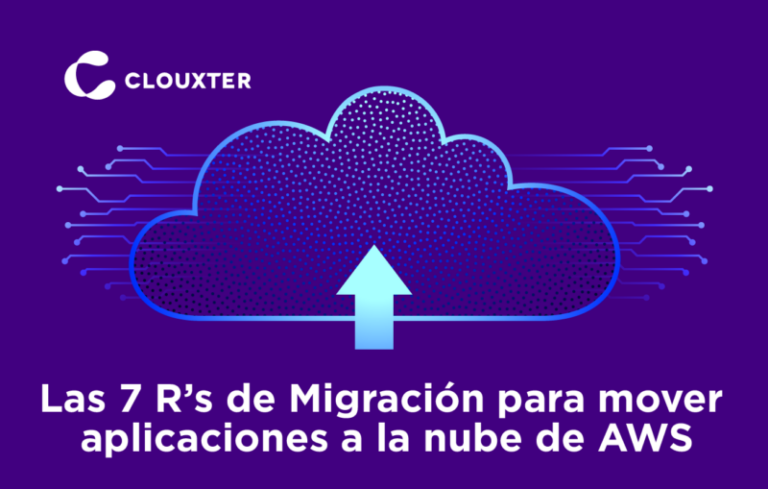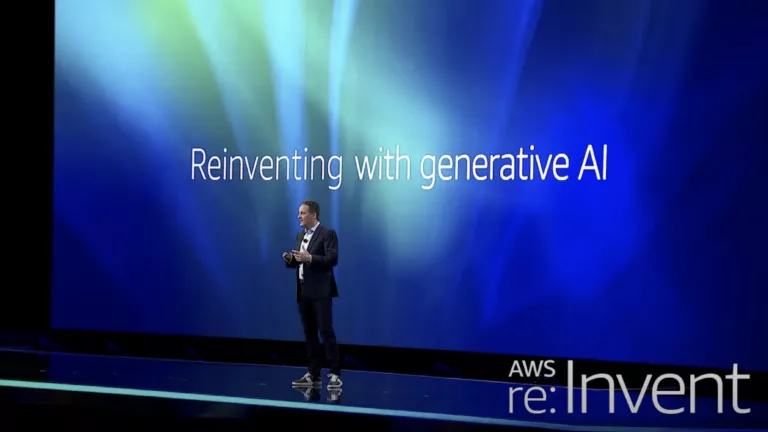Competitiveness allies
Remote work systems, based on cloud computing, facilitate the work of companies and generate million-dollar savings.
It has been 47 years since a NASA physicist named Jack Nilles laid the foundation for performing work tasks from a location distant from a company’s facilities.
Since then, amid the 1973 Oil Crisis, the concept of teleworking and/or remote work was introduced into the global productive park, and at present, with the Pandemic crisis, it has expanded more strongly on the five continents thanks to the adoption of emerging Industry 4.0 technologies such as cloud computing.
Actions such as distant communication between collaborators, and interest groups and the execution of multiple tasks in various dimensions of any productive unit are possible through the use of solutions such as remote work systems. Its use has positive repercussions in the national and local contexts.
Leonardo Suárez, CEO of Clouxter, states: “The country’s productive sector gains efficiency by adopting and implementing policies that facilitate and encourage remote work by employers and employees since presence would only become necessary for essential tasks and activities,” he assures.
In the context of organizations, he states that with the right training and incentives, companies and institutions can overcome productivity challenges.
Advantages
In more detail, there are multiple benefits that users receive from cloud-based remote work ecosystems, as reported by studies in the industrial sector.
According to Ricardo González, CTO of Clouxter, these are direct from the employees’ approach and are “associated with greater ease, less loss of time (transfers, for example), less “office politics”, which leads to more time available for analytical thinking, creativity, overdue projects, and even personal time.”
Although at first glance this model apparently only has to do with connecting from a collaborator’s home, remote work environments allow, among other activities, to implement mechanisms to manage and protect the technological infrastructure of the business, as well as simplify and streamline administrative processes. and operations related to said infrastructure.
Common activities of the IT teams of any company that traditionally works in local scenarios, or physically centralized, in remote scenarios represent a challenge due to the execution of actions such as the deployment of applications, operating system updates, security configurations of the information and applications, and user support among others.
Finally, remote work environments end up making the processes developed in a company simpler and faster, and in the national market there are technological providers such as Clouxter with the trajectory and knowledge to make it possible for these models to be allies of the competitiveness and productivity of companies.







